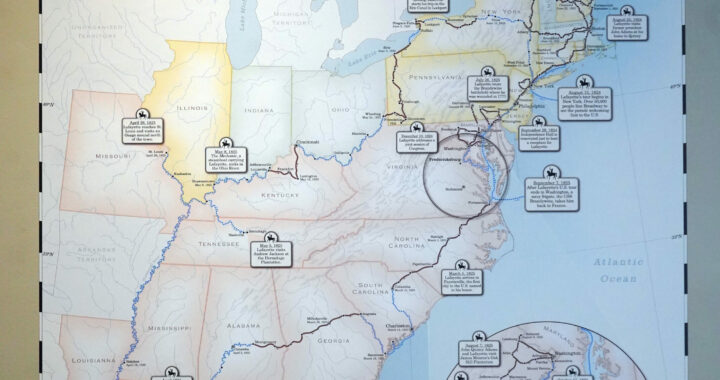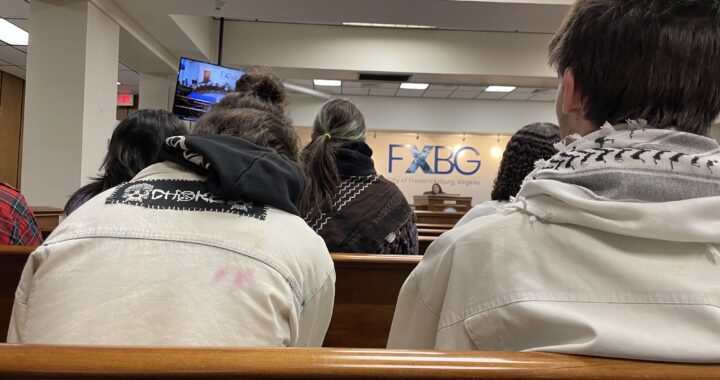Ready for Disaster
2 min readBy Sadie Hagberg
After enduring eight weeks of medical and safety training, participants in the CERT program were faced with the ultimate disaster.
“We took everything we learned and made a mock disaster,” said Robert Parker, the Institutional Fire Safety Officer.
The University of Mary Washington just finished its first Community Emergency Response Team program through a grant from the Fredericksburg Fire Department. This program, which was free for students, prepares and certifies participants to respond to a variety of disasters when professional responders aren’t on the scene.
“It was a significant commitment but the skills and the official certification were well worth it” participant and senior Fenwick Gilroy said.
For eight weeks, 16 participants made up of students, faculty, and members of the Fredericksburg Community met in Combs Hall on Sunday nights and were trained in skills such as basic medical triage, light search and rescue, and fire safety. The group was trained to be able to respond to a variety of disasters, from earthquakes and wildfires to hurricanes and floods.
“The skills that we learned during the CERT class will help us to actually be productive in case of a disaster situation,” junior Lauren Spangler said.
“There is never enough emergency personnel during a disaster,” Parker said, who assisted in the training. He taught fire safety, light search and rescue, and co-instructed disaster medical.
This nationally recognized program was offered once before in the Fredericksburg area, but was just recently brought back.
“It not only gets the community involved, but the students involved,” Parker said.
Participants are encouraged to use what the skills they have learned within their community in the event of a disaster.
“The CERT team is deployed when emergencies happen where fire, police, or EMS squads may not be readily available. [We] perform tasks that would allow professional rescuers to spend more time with more advanced tasks,” freshman James Larounis said.
“Although we hope to never have to use the skills we learned, it helped to learn what to do in a disaster situation so that we can stay calm and help out as best we can,” Spangler said.
Through book work and practical training the participants were kept busy for the eight weeks of training.
“My favorite portion was the disaster scenarios where we got to simulate an accident and then respond,” Larounis said.
“The hands on practice kept us on our toes and made sure we had to knowledge to get the job done,” Gilroy said.
The final scenario brought all the skills together in a simulated snow storm. With dummies as the victims, participants worked as a team to put everything they had learned to use.
At the program’s conclusion, each participant was given an emergency tools bag with everything they may need to assist in a disaster.
“Many people think their only resource is 911,” Larounis said.
Parker said that he hopes that more classes such as these will be offered to the community next semester.











